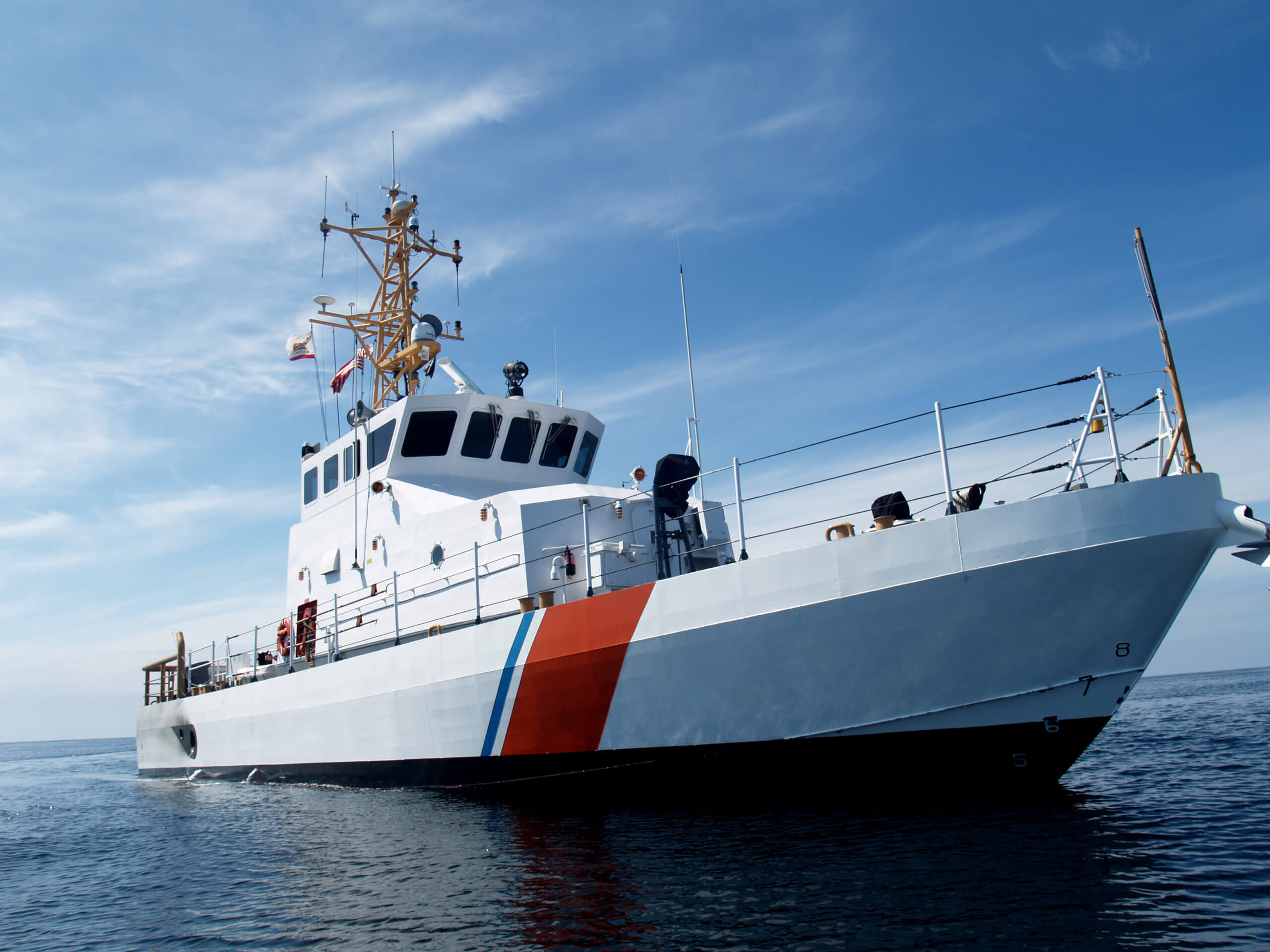Strokes Go Up, Weigh Goes Up Pollution goes down

So, after a couple of seasons with my new four-stroke 3.5-horsepower engine, (had to drop down to 3.5 horsepower or face putting 80 pounds on the transom where formerly 40 pounds of five horsepower had ridden), the engine just wasn’t as friendly to an all-outdoor environment as the old two-stroke was. Happily, my mechanic was able to address — and explain — what the changes from two-stroke to four-stroke means.
The Old Two-Stroke Engine — And What Is A Stroke?
The basics of a two-stroke engine versus a four-stroke engine has to do with what is known as thermodynamic cycle. Basically, in a two-stroke engine, the beginning of a compression stroke and the end of the combustion stroke occur at the same time as the intake and exhaust functions. In a four-stroke, each of these functions takes place within its own stroke. The return of the engine to its original position after going through these strokes is the thermodynamic cycle — two strokes for the old model and four strokes for the current, state-of-the-art one.
So, What’s The Problem?
A decade ago, the two-stroke motor, found on 75 percent of all boats and personal watercraft (jet skis), generated 1.1 billion pounds of hydrocarbon emissions each year. This was the annual equivalent of spilling as much oil and fuel into U.S. waterways as the Exxon Valdez — 15 times over. These high emissions were attributed to the design inefficiency of the two-stroke motor, which had remained essentially unchanged since World War II. What made it so inefficient?
Largely, it was this — about a quarter of the fuel and oil, mixed directly into the furl, went unburned and thus was emitted directly into the water and air. Imagine having the gas dock operator selling you three gallons of gasoline and charging for four. Putting the pollution aside, the Environmental Protection Agency estimated that one hour of operation by a 70-horsepower two-stroke motor emitted the same amount of hydrocarbon pollution as driving to and back from New York to Los Angeles in a modern automobile.
Four-stroke engines emit 97 percent less pollution than conventional two-strokes. Why? Simple. Four-stroke outboards use the same combustion process used in automotive engines. This means that, unlike the two-stroke engine, four-stroke engines never have an exhaust and intake valve open at the same time. This keeps any unburned fuel from being ejected from the engine.
Also, four-stroke engines don’t require additional lubricating oil to be blended in with the gasoline to operate and aren’t part of the exhaust, unburned or otherwise. Also, it burns hotter, or more economically, and thus are more efficient at gas consumption. Manufacturers quote as much a 25 percent better fuel mileage. (Of course, slowing down would help even more. Tests show that you burn over 50 percent more fuel at high speeds than mid-ranges.
OK, So What’s The Problem Now?
Well, they are heavy. When I went to replace my five-horsepower engine, I found that the four-stroke replacement weighed 80 pounds — two times heavier than the two-stroke engine. When I contemplated trying to get that engine in and out of an eight-foot dinghy, floating dockside, I said, “Ah, that’s not going to happen without me and/or the engine ending up in the drink. What’s the next size down?” There’s a 3.5 horsepower in a four-stroke option, which weighs about what five horsepower do in a two-stroke. A car engine, not a weedwhacker . . .
But the two-stroke guys can take advantage of the latest technology response — direct fuel injection. The required fuel mixture is injected directly into the cylinder after the piston passes the exhaust port, which prevents any unburned fuel from being prematurely forced out of the engine. Direct fuel injection retains the advantages of a two-stroke engine’s efficient power cycle and lighter weight, and greatly lowers pollution levels normally generated by two-strokes. In short, they’re not your father’s two-strokes anymore.
Vincent Pica is commodore of the First District Southern Region of United States Coast Guard Auxiliary. If you are interested in being part of United States Coast Guard, email him at JoinUSCGAux@aol.com.



